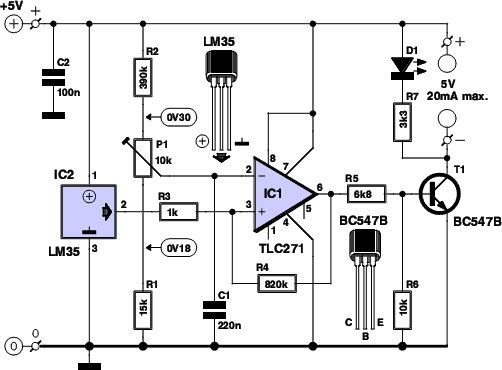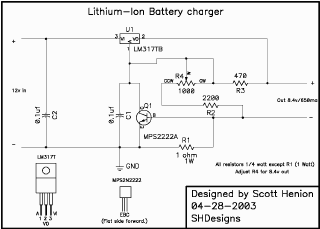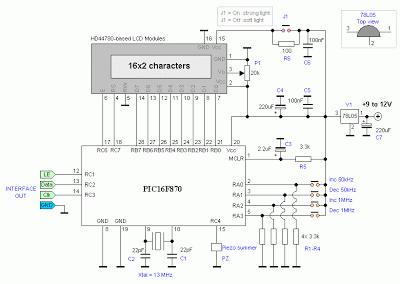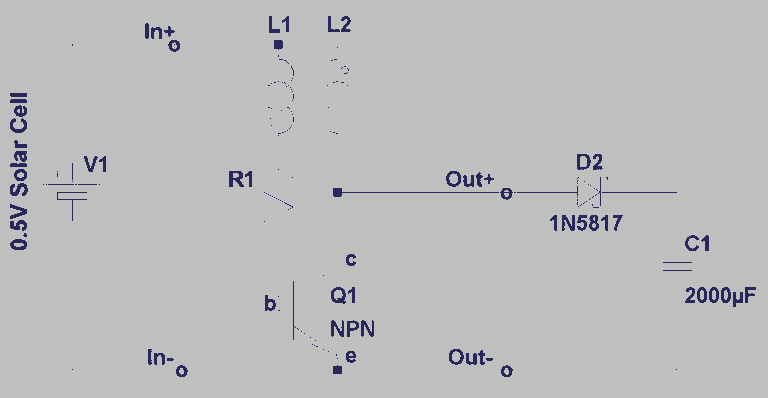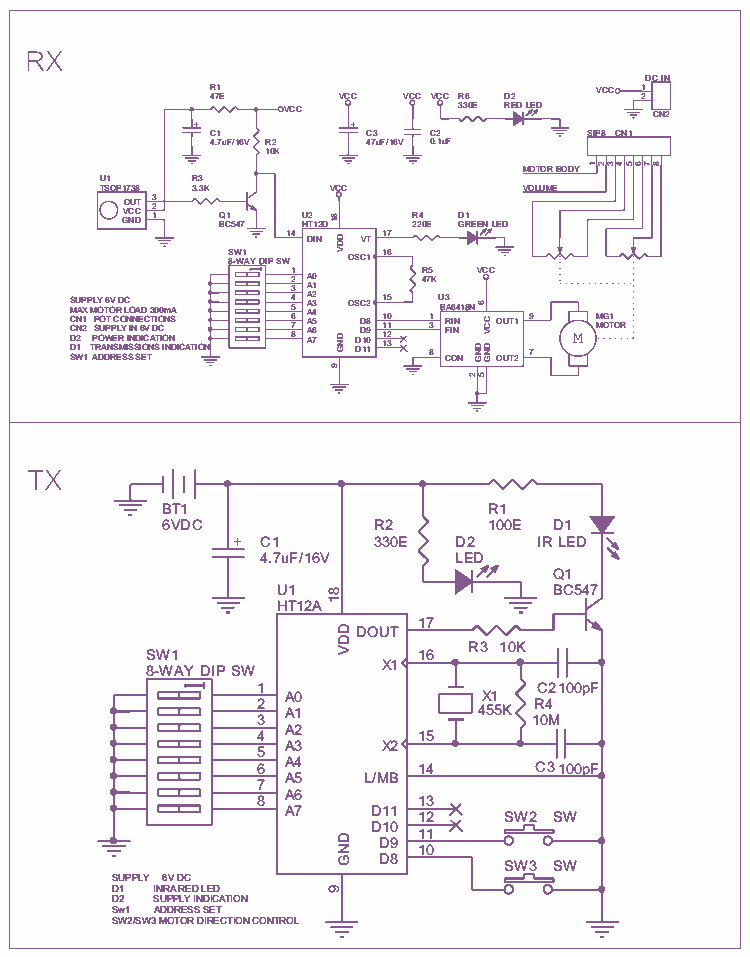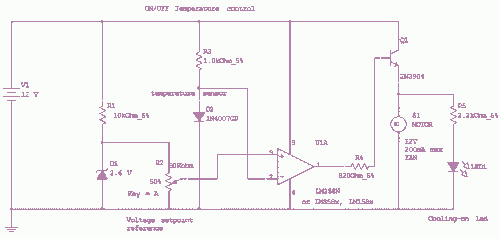
12V LDO Solar Charge Control
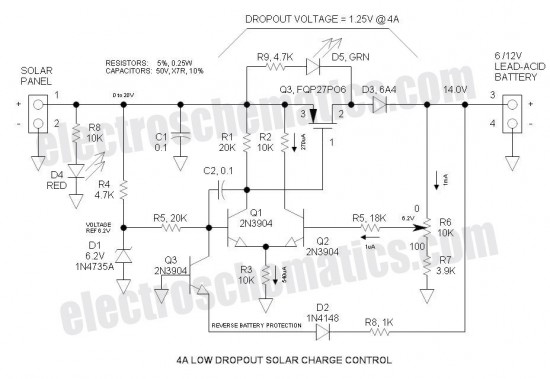
This Low Dropout Voltage (LDO) solar charge controller utilizes a straightforward differential amplifier combined with a series P-channel MOSFET linear regulator, creating an effective synergy. The voltage output is adjustable and is primarily designed for charging 12V lead-acid batteries. Specifications for the solar charge controller include a solar panel rating of 50W (4A, 12V nominal).
The LDO solar charge controller is designed to efficiently manage the charging of 12V lead-acid batteries by utilizing a differential amplifier to maintain stable voltage levels. The differential amplifier works by comparing the output voltage of the battery with a reference voltage, ensuring that the charging voltage remains within safe limits to prevent overcharging.
The series P-channel MOSFET acts as the main switching element in the circuit. When the solar panel generates sufficient voltage and current, the MOSFET is activated, allowing current to flow from the solar panel to the battery. The LDO configuration ensures that the voltage drop across the MOSFET is minimal, thereby maximizing the efficiency of the charging process.
The adjustable voltage output feature is particularly advantageous, as it allows for fine-tuning based on the specific requirements of the battery being charged. This flexibility can accommodate variations in battery chemistry and condition, ensuring optimal charging performance.
The solar panel rating of 50W (4A, 12V nominal) indicates that the system is capable of handling a substantial amount of power, making it suitable for various applications, including off-grid solar systems and portable power solutions. The design consideration for a 12V system aligns well with common lead-acid battery configurations, facilitating widespread adoption and ease of integration into existing solar setups.
In summary, this LDO solar charge controller effectively combines a differential amplifier and a P-channel MOSFET to deliver an adjustable output for charging 12V lead-acid batteries, with a solar panel capacity of 50W, ensuring efficient energy management in solar power applications.This Low Dropout Voltage (LDO) solar charge control uses a simple differential amplifier and series P channel MOSFET linear regulatortheir compatibility seems like a marriage made in heaven. Voltage output is adjustable. It is mainly intended for charging 12V lead-acid batteries.Solar Charge Control Specifications Solar panel rating: 50W (4A, 12V nominal..
🔗 External reference
The LDO solar charge controller is designed to efficiently manage the charging of 12V lead-acid batteries by utilizing a differential amplifier to maintain stable voltage levels. The differential amplifier works by comparing the output voltage of the battery with a reference voltage, ensuring that the charging voltage remains within safe limits to prevent overcharging.
The series P-channel MOSFET acts as the main switching element in the circuit. When the solar panel generates sufficient voltage and current, the MOSFET is activated, allowing current to flow from the solar panel to the battery. The LDO configuration ensures that the voltage drop across the MOSFET is minimal, thereby maximizing the efficiency of the charging process.
The adjustable voltage output feature is particularly advantageous, as it allows for fine-tuning based on the specific requirements of the battery being charged. This flexibility can accommodate variations in battery chemistry and condition, ensuring optimal charging performance.
The solar panel rating of 50W (4A, 12V nominal) indicates that the system is capable of handling a substantial amount of power, making it suitable for various applications, including off-grid solar systems and portable power solutions. The design consideration for a 12V system aligns well with common lead-acid battery configurations, facilitating widespread adoption and ease of integration into existing solar setups.
In summary, this LDO solar charge controller effectively combines a differential amplifier and a P-channel MOSFET to deliver an adjustable output for charging 12V lead-acid batteries, with a solar panel capacity of 50W, ensuring efficient energy management in solar power applications.This Low Dropout Voltage (LDO) solar charge control uses a simple differential amplifier and series P channel MOSFET linear regulatortheir compatibility seems like a marriage made in heaven. Voltage output is adjustable. It is mainly intended for charging 12V lead-acid batteries.Solar Charge Control Specifications Solar panel rating: 50W (4A, 12V nominal..
🔗 External reference
